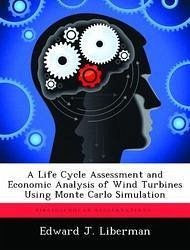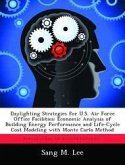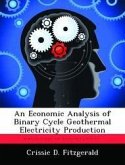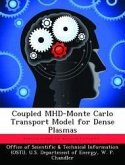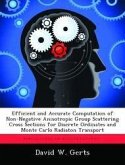The United States depends heavily on nonrenewable fossil fuels to generate electricity. Using renewable energy sources, such as wind, could reduce air emissions and fossil fuel dependency. Previous studies have examined the life cycle costs and environmental impacts of using wind to generate electricity, but results have varied due to inconsistent modeling assumptions. This research uses Monte Carlo simulation to conduct an economic payback analysis and life cycle assessment of 11 modern, utility-scale wind turbines. Hourly meteorological data was used to evaluate 239 U.S. locations. For each location, the wind turbine with the shortest median payback period was assumed to be the economically preferred turbine model. This simulation demonstrates that variance in the model output is primarily caused by differences in location-specific climate data (wind speed, air density). Depending on the location, the median economic payback periods ranged from 2 to 132 years. 41% of the locations had median payback periods less than 10 years, and 63% less than 15 years. Considering a typical turbine lifespan of 15-30 years, wind turbines are not economically viable at all locations. At locations with favorable wind resources, wind turbines are likely to be superior to electricity production using natural gas or coal. For the preferred wind turbine, the median life cycle energy intensities at all 239 locations ranged from 0.05-0.54 (KWh energy inputs/KWh outputs), compared to 2.3 for natural gas and 2.6-3.5 for coal-fired electricity generation. The median CO2 (eq) intensity values range from 13-156 g-CO2 (eq)/kWh for the preferred wind turbine, compared to 585 g-CO2 (eq)/kWh for natural gas and 757-1042 g-CO2 (eq)/kWh for coal-fired power plants.
Hinweis: Dieser Artikel kann nur an eine deutsche Lieferadresse ausgeliefert werden.
Hinweis: Dieser Artikel kann nur an eine deutsche Lieferadresse ausgeliefert werden.

